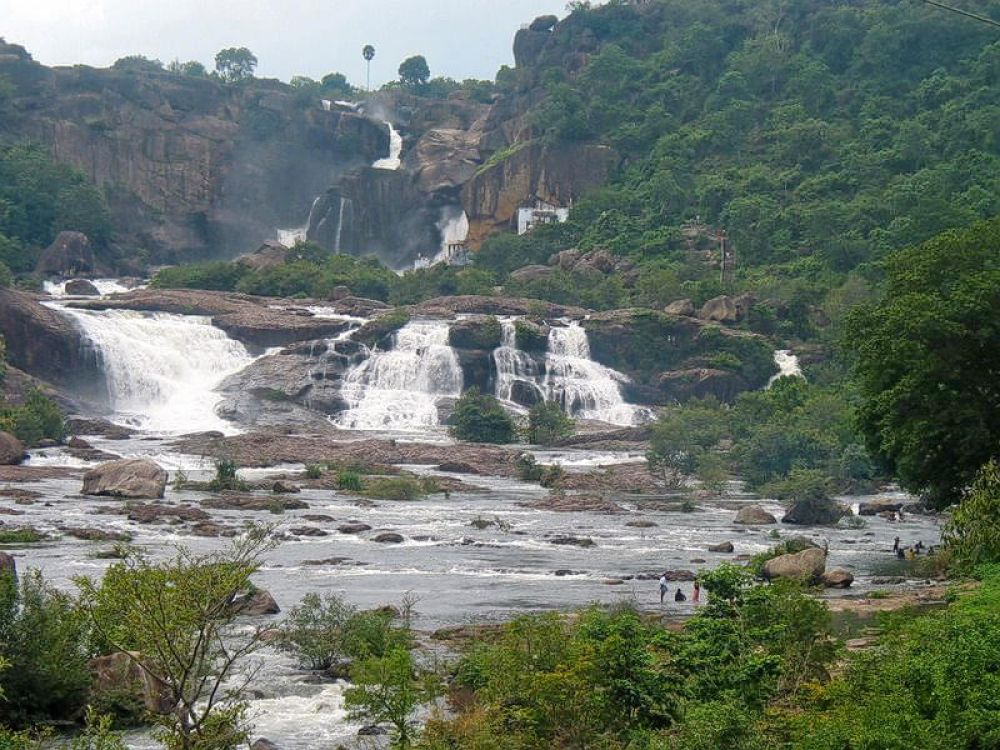

Nestled in the serene hills of Tirumala, in the state of Andhra Pradesh, India, lies a divine waterfall known as Akasaganga Teertham. This heavenly abode is not just a natural marvel but also an integral part of the religious tapestry of Tirupati, one of the holiest pilgrimage sites in Hinduism.
The history of tourism in Akasaganga Teertham is entwined with the legendary temple of Lord Venkateswara (also known as Balaji), which dates back to several centuries. According to Hindu mythology, Akasaganga Teertham was created by the deity Garuda to perform rituals for Lord Venkateswara. Over time, it became a prominent place for pilgrims to visit after paying their homage at the main temple.
Ancient scripts and texts mention the Teertham, and its sanctity has been celebrated for its perceived powers in purifying the soul and body. The steady flow of the waterfall throughout the year, regardless of seasonal changes, has been a marvel to visitors across ages.
Historically, pilgrims have trekked the dense forests surrounding the hills of Tirumala to take a dip in the holy waters of the Akasaganga Teertham. The site has been mentioned in various holy texts and continues to be a critical component of the pilgrim's journey. The colossal natural beauty paired with the spiritual ambiance attracts tourists not only for its religious significance but also for its scenic charm.
In more recent times, the site has seen several developments to accommodate the growing number of tourists while attempting to maintain the natural and spiritual integrity of the place. Steps leading down to the waterfall, basic amenities for visitors, and regular maintenance of the sacred site ensure that Akasaganga Teertham remains accessible and clean for all visitors.
The latest tourism trend in Tirupati, and by extension Akasaganga Teertham, is a blend of spiritual tourism and eco-tourism. Visitors often come seeking blessings and spiritual fulfillment, while also taking the time to appreciate the natural beauty and biodiversity of the Seshachalam hill ranges. Authorities have also ramped up efforts in promoting sustainable tourism practices, ensuring that the ecological balance of the region is maintained for future generations of pilgrims and nature enthusiasts alike.
The best time to visit Akasaganga Teertham is typically during the cooler months of the year, from October to March, when the weather is pleasant, and the water flow is optimal for visitors to take part in the sacred bathing ritual.
Akasaganga Teertham is more than just a tourist spot; it is a confluence of faith, nature, and tradition. As tourism continues to grow, the challenge remains to preserve both its spiritual sanctity and natural beauty. Nonetheless, for those seeking an experience that touches the soul amidst the tranquility of nature, Akasaganga Teertham remains a must-visit destination on the pilgrimage map of India.